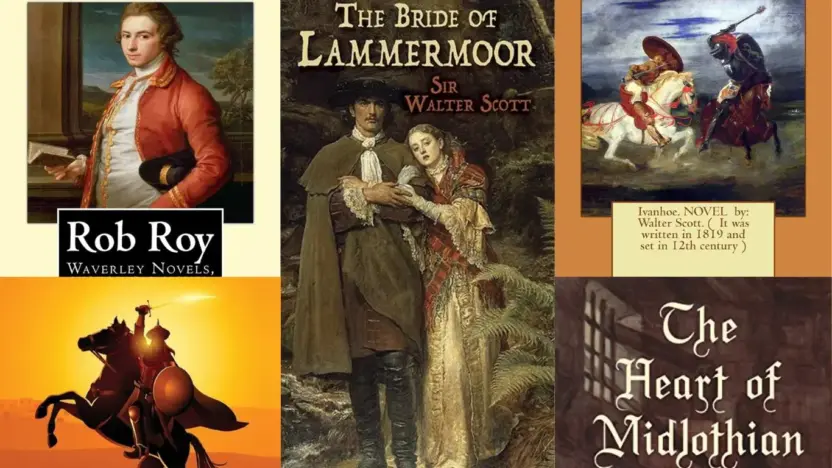As one of the leading figures of the Romantic literary movement, Sir Walter Scott’s prolific output has left an indelible mark on the world of literature. The Scottish author, famed for his historical novels, penned numerous works that skillfully weave together history and fiction, bringing the past to life in a manner that is both educational and entertaining. His novels, often set in Scotland and England, are filled with richly drawn characters, intricate plots, and vivid descriptions of the landscape. This article aims to showcase a List of the Top 10 Best Novels by Sir Walter Scott. Which are essential reading for anyone wanting to delve into the oeuvre of this literary giant. From the chivalric romance of “Ivanhoe” to the intricate political intrigue of “Rob Roy,” these novels are testament to Scott’s storytelling prowess and his ability to capture the essence of a bygone era.
List of the Top 10 Best Novels by Sir Walter Scott
“Ivanhoe” (1819)
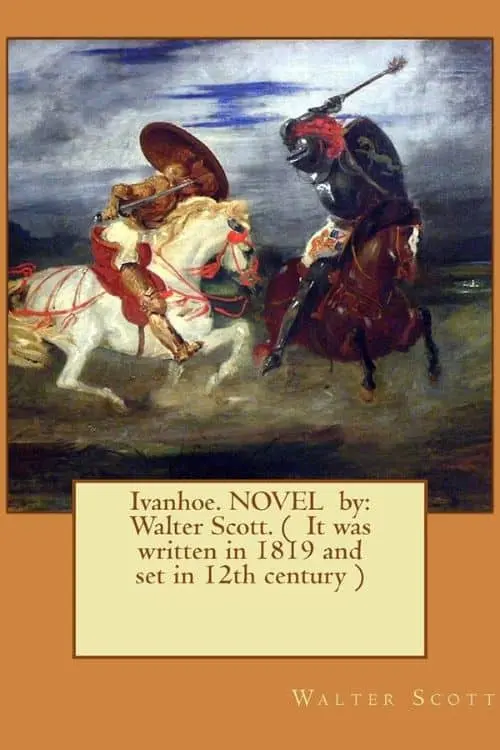
Embarking on a journey through the pages of “Ivanhoe: A Romance” by Walter Scott transports readers to medieval England, where they are immersed in a world filled with chivalric knights, dramatic tournaments, and the historical clash between Normans and Saxons. First published in 1819, this historical novel was a departure from Scott’s previous works, which predominantly featured Scottish settings.
“Ivanhoe” is renowned not only for its vivid portrayal of the Middle Ages but also for its role in fueling a revival of interest in medievalism, influencing cultural perceptions of historical figures such as King Richard the Lionheart and the legendary Robin Hood. Scott’s meticulous research and use of sources, including works by antiquarian Joseph Strutt and historians Robert Henry and Sharon Turner, alongside medieval sources such as the Templar Rule and Chaucer’s writings, all contribute to the rich tapestry of this timeless narrative.
“Rob Roy” (1817)
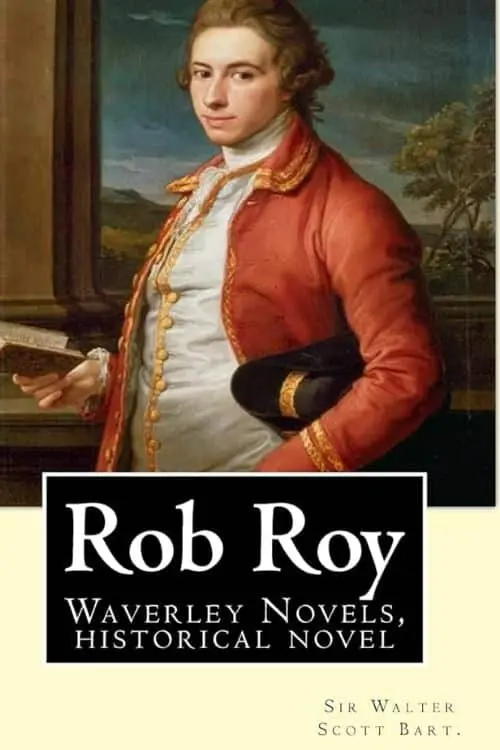
Set against the backdrop of the 1715 Jacobite uprising, “Rob Roy” intertwines historical events with the fictional narrative of Frank Osbaldistone, the son of an English merchant. Disinterested in joining the family business, Frank’s refusal propels him to the family’s ancestral home in northern England, near the Scottish border. There, Frank encounters his larger-than-life cousin, Rashleigh, whose unscrupulous actions threaten the family business, leading Frank on a journey to Scotland where he crosses paths with the titular character, Rob Roy MacGregor.
Scott’s portrayal of Rob Roy is more of a narrative construct than a true representation of the historical figure, underscoring the dichotomy between fiction and history. Scott’s meticulous research, drawing on a variety of sources, including Malachy Postlethwayt’s “The Universal Dictionary of Trade and Commerce” and Richard Burn’s “The Justice of the Peace and Parish Officer,” enriches the narrative, making “Rob Roy” an engaging read that skillfully merges fact with fiction.
“The Fair Maid of Perth” (1828)
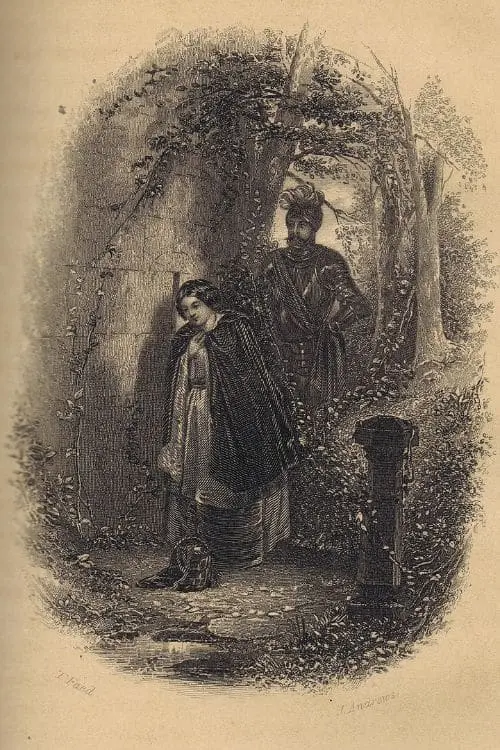
It is a captivating historical novel, part of his famous Waverley series. Set around 1400 in the vibrant town of Perth (then known as Saint John’s Toun), the story takes inspiration from the fascinating real-life Battle of the North Inch.
After wrapping up his “Chronicles of the Canongate” series in September 1827, Scott flirted with the idea of a sequel to “Quentin Durward.” However, he eventually settled on a second Chronicles series, initially envisioned as a collection of short stories. This plan changed, and the story of Harry Wynd, initially titled “Saint Valentine’s Eve,” grew to fill three hearty volumes.
To weave this intricate tapestry of historical fiction, Scott dipped into a rich well of sources. He drew from 14th and 15th-century poems like “The Brus” and “The Wallace,” historical texts such as “Chronica gentis scotorum” and “Orygynale Cronykil of Scotland,” and 17th and 18th-century works like “The History of the Houses of Douglas and Angus,” and “The History of Scotland from the Accession of the House of Stuart to that of Mary.” The result is a lush, vivid world that brings Scotland’s past to life.
“The Heart of Midlothian” (1818)
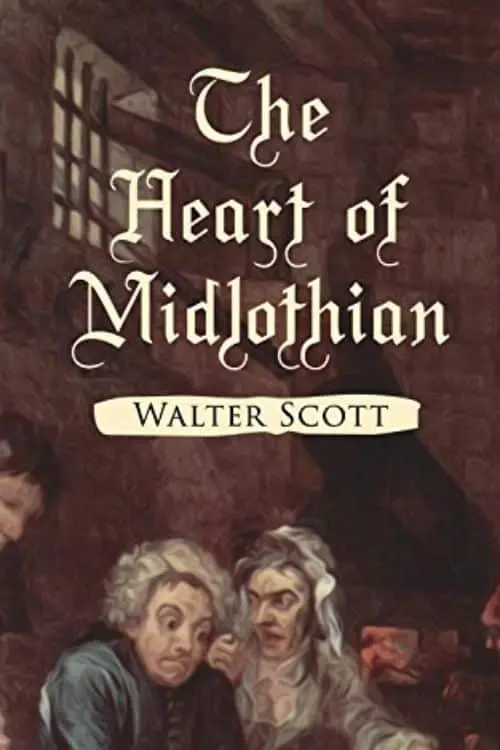
Heart of Mid-Lothian beautifully intertwines historical events, the gripping story of the Porteous Riots, with the heartwarming narrative of Jeanie Deans, a working-class girl from Edinburgh. Driven by love and the pursuit of justice, Jeanie embarks on a daring journey to London, aiming to save her sister Effie from the death penalty after she’s wrongly accused of infanticide.
Scott’s storytelling brilliance shines through as he meticulously crafts a world rich in historical detail, drawing upon real-life criminal trial records and the poignant true story of two sisters. He intricately weaves these elements into a fictional tale that explores themes of moral integrity, redemption, and the power of familial bonds.
Adding to the novel’s authenticity is Scott’s masterful depiction of linguistic nuances, with resources like Francis Grose’s “A Classical Dictionary of the Vulgar Tongue” and “A Provincial Glossary” at his disposal. This attention to detail not only enhances the narrative but also positions “The Heart of Mid-Lothian” as a timeless masterpiece that has been hailed as one of Scott’s finest works. In this novel, readers will find an unforgettable story of sacrifice, love, and an unyielding quest for justice that transcends time.
“The Bride of Lammermoor” (1819)
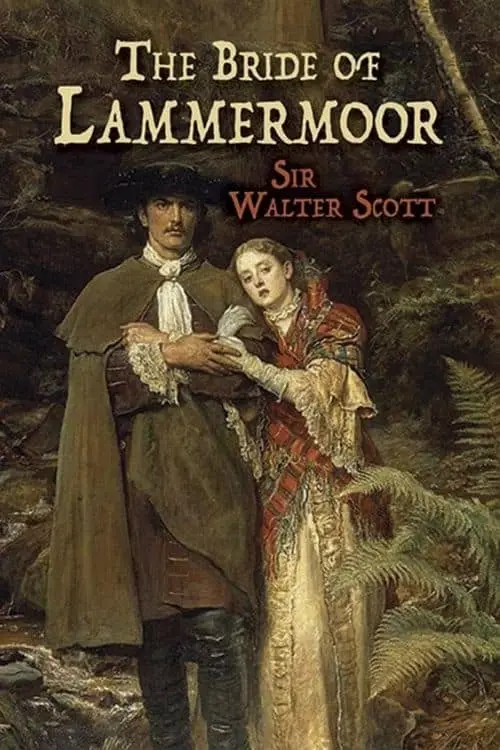
At the heart of the story lies the bitter feud between two noble families, the Ashtons and the Ravenswoods. This age-old enmity sets the stage for a forbidden romance between the young and innocent Lucy Ashton and the brooding Edgar Ravenswood. Their love story is both heartbreaking and timeless, encapsulating the clash between societal expectations and personal desires.
Scott’s dedication to historical accuracy and rich storytelling is evident in his inclusion of real incidents such as the Gowrie Conspiracy, as well as his meticulous research, as seen in references to works like George Turbervile’s “The Noble Art of Venerie or Hunting.” This attention to detail creates a lush historical tapestry that enhances the narrative, making “The Bride of Lammermoor” a must-read for anyone seeking a classic tale of love, conflict, and the complexities of human nature.
“Kenilworth” (1821)
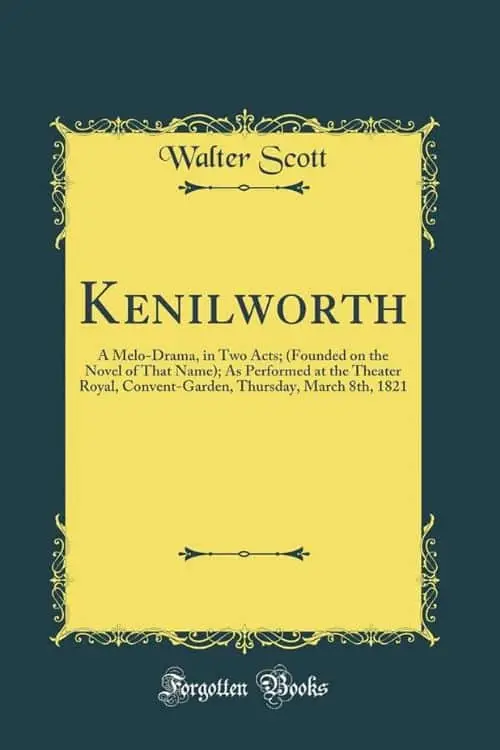
In “Kenilworth,” we are transported to the grandeur and pomp of Queen Elizabeth’s renowned reception at Kenilworth Castle, orchestrated by the Earl of Leicester, a figure shrouded in mystery due to his alleged involvement in the tragic demise of his spouse, Amy Robsart, at Cumnor.
Sir Walter Scott, with his masterful storytelling, paints this historical tapestry by dipping his brush into the rich palette of Elizabethan literature and documents. Among his valuable resources are his own editorial works, namely “Memoirs of Robert Cary, Earl of Monmouth,” and “Fragmenta Regalia” by Sir Robert Naunton, both of which serve as crucial pillars in the authentic portrayal of Queen Elizabeth.
“Old Mortality” (1816)

Next we have “Old Mortality”, a historical novel that delves into the tumultuous period of the Covenanters, a group of staunch Presbyterians in 17th-century south-west Scotland. This novel, part of Scott’s “Tales of My Landlord,” 1st series, was released in 1816, alongside “The Black Dwarf.”
The title character, “Old Mortality,” is a wandering artisan who devotes his time to restoring and inscribing the gravestones of Covenanters who laid down their lives for their faith. Through its narrative, the novel delves into themes of religious persecution, civil unrest, and the fight for the freedom of worship.
Upon completing “The Black Dwarf” in 1816, Scott embarked on the journey of writing “Old Mortality,” for which he drew inspiration from the works of historical figures like Jonathan Swift, James Kirkton, and Robert Wodrow, creating a vivid historical landscape. Upon its release, “Old Mortality” was met with acclaim and has since been regarded as one of Scott’s most compelling works.
“Guy Mannering” (1815)
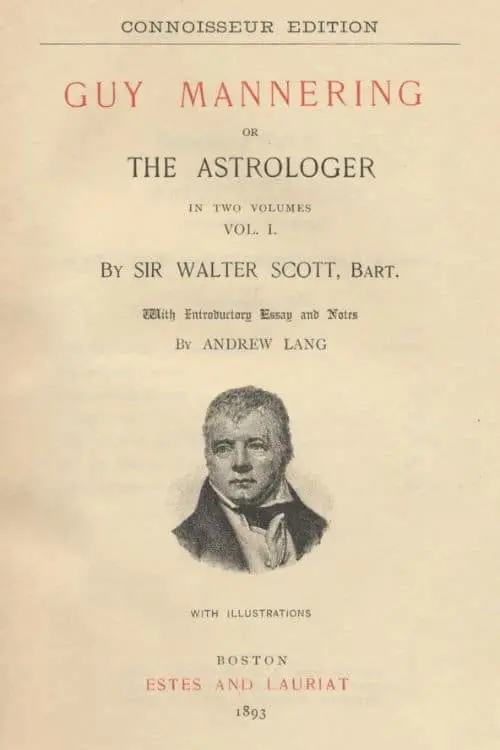
Although initially set to be a supernatural tale, Scott pivoted to a different direction early on. His writing process for this novel kicked off in late 1814, right after completing “The Lord of the Isles,” wrapping up by mid-February 1815. Scott’s letters from this period reflect his intention to break away from the style he employed in “Waverley,” his preceding novel.
The three-volume first edition was released by Archibald Constable and Co. in Edinburgh, boasting a print run of 2000 copies, each priced at one guinea (£1.05). The London-based Longman, Hurst, Rees, Orme, and Brown promptly received their allotment of 1500 copies. Over time, “Guy Mannering” saw multiple editions, with significant author-driven revisions featured in the 1829 “Magnum” edition. The standard modern edition was part of the 1999 Edinburgh Edition of the Waverley Novels, with the “Magnum” content compiled in a separate volume.
“The Talisman” (1825)
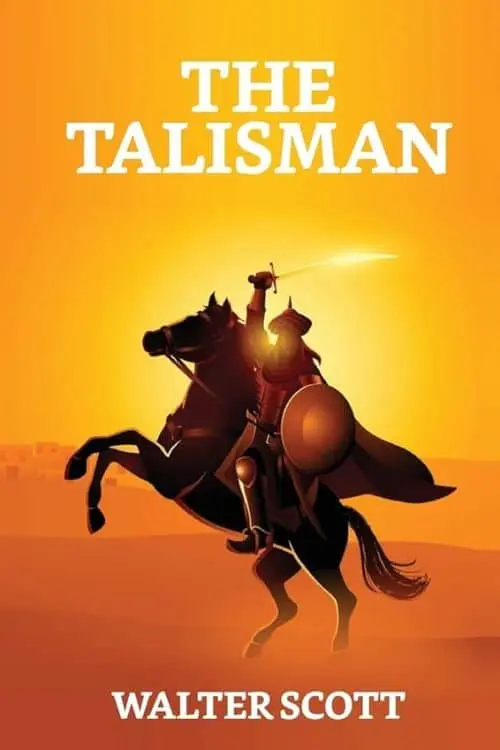
Sir Walter Scott kicked off the writing process for “The Talisman” in 1824, envisioning it as part of a four-volume collection, with at least one tale revolving around the Crusades. Initially, he worked on “The Betrothed,” but after it received less-than-stellar reviews, he pivoted to “The Talisman.” This novel was swiftly completed, with the first volume wrapped up in April 1825 and the second by June of the same year.
Scott sourced material from a variety of historical texts. He referred to Barthélemy d’Herbelot’s “Bibliotheque orientale” for insights into the origins of the Kurds, the Anglo-Norman romance “Richard Coer de Lyon” for character details of Leopold of Austria, Charles Mills’ “The History of the Crusades” for the assassination attempt on Richard, and Abbé de Vertot’s “The History of the Knights of Malta” for the beheading of Amaury.
The talisman, a central plot element, was inspired by the Lee Penny, an object known for its healing properties during Scott’s time. Furthermore, historians David Hume, Edward Gibbon, and Mills significantly influenced Scott’s portrayal of the Crusades, Richard, and Saladin. Renowned critic Edward Said posited that Scott’s understanding of “Oriental” subjects likely stemmed from the works of Lord Byron and William Beckford.
“Quentin Durward” (1823)
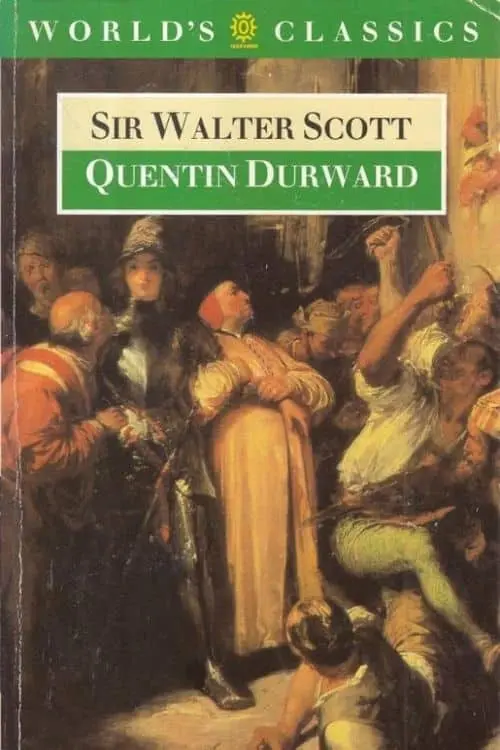
Writing “Quentin Durward” was a rapid process for Sir Walter Scott. His research began at the end of 1822, and by January 1823, he had already begun writing. By May of the same year, the novel was completed—a quick turnaround prompted by a request from his collaborator, James Ballantyne.
Scott’s primary reference for the novel was the “Mémoires” of Philippe de Commines, but he also consulted a variety of other documents and editorial commentaries found in the collection that included Commines’ works. In his portrayal of Louis XI, Scott adopts a balanced perspective, mirroring that of Commines. For his descriptions of northern France, it’s likely that Scott drew from manuscript material related to the continental travels of his friend, James Skene of Rubislaw.
Also Read: Discovering the Top 10 Fantasy Fiction Writers of Today
